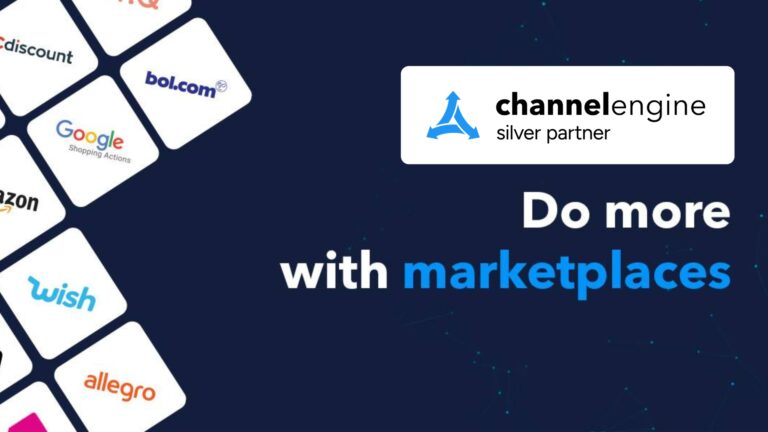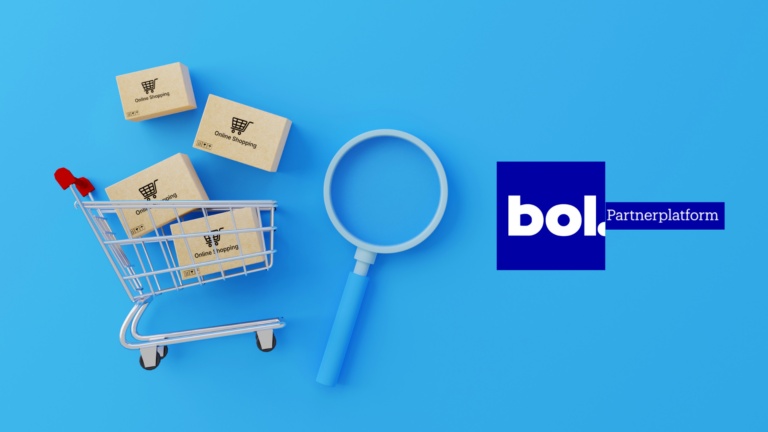Marketplaces have become an integral part of the online marketing landscape. The worldwide share of online sales of the total number of transactions is growing steadily, partly due to COVID-19. And within the online market, marketplaces are becoming increasingly important. Amazon, for example, has about 40% of the online market in the United States and in the Netherlands more than 11,000 companies sell their products via Bol.com.
Choosing the right marketplace
As there are many differences, please note the following when choosing the right marketplace to start selling your brand.
Cost of a sales channel
Some marketplaces charge relatively high percentages for each transaction, while others charge a relatively low. Some marketplaces do not charge a standard flat fee while others do. Calculate how many products you must sell at least per month to make a profit and build a good business case per product. After all, that’s your bottom line.
Marketplace Marketing
At marketplaces, also pay attention to what is possible to highlight your brand. Every marketplace has its own tools and possibilities. But a good advertising strategy is key for success to build your brand, as costs can easily explode. Which, of course is decreasing your profit.
Reseller or brand owner
Your success is highly dependent on whether you are a reseller or sell products under your own brand. It is usually more difficult for resellers to make the brand stand out, but a lot is possible with the right strategy that responds to the right platform.
Geographical reach
Also look at the marketplace that you are interested in and see what the distribution network is aimed at. If you mainly sell to an international market, it is not advisable to do business with Bol.com, almost exclusively a Dutch party. But this is also depending on your sales strategy. If you want to enter a specific market, you can easily set up your business through a local marketplace like Bol.com.
Traffic of the platform
Finally, pay attention to whether a marketplace gets a lot of visitors. A marketplace with relatively little traffic doesn’t have to be a bad choice if you find consumers who are all interested in your product. But overall, most marketplaces are generating massive traffic. Amazon is having 2 billion yearly visitors in the US, 385 million in Germany and 555 million in Japan. Bol.com has 80 million yearly visitors in the Netherlands and eBay has 668 million visitors in the US.
What types of marketplaces are there?
A few things have already been said about differences in marketplaces, but there is more. We already saw that marketplaces have different pricing terms and cover different geographical areas. But there are also differences in terms of target group and in terms of options for offering products and/or services.
Vertical marketplace
There are niche marketplaces, also called vertical marketplaces, where you can only sell one type of product. For example, Autoscout24.nl is a European online car marketplace for used cars.
Horizontal marketplace
On the other hand, there is the horizontal marketplace where you can offer all kinds of products or services that have something in common. The website www.wetravel.com allows tour operators to offer their products and services on a site that offers everything related to travel.
All-in-one marketplace
Instead of vertical and horizontal platforms, there is of course also the all-in-one marketplace. Think of Bol.com, Amazon or eBay.
Peer-to-peer marketplace
There are also peer-to-peer platforms where consumers can trade with consumers. eBay is a well-known American website. In the Netherlands we mainly think of marktplaats.nl.
B2C marketplace and B2B marketplace
Marketplaces can either be consumer oriented (B2C) or connect companies (B2B).
How do I set up my sales channel?
Once you have chosen your platform, it is time to delve into the specific conditions and rules of the relevant marketplace. Each platform has different requirements, and it is very important to follow them carefully. If you don’t, you run the risk of being expelled from the marketplace.
It is also essential to ensure that your product information is not only up to date but also comprehensive enough to let your customer make a purchase decision and you get the ‘buy box’.
Update product information via spreadsheets
You can offer the product information to the marketplace in two ways. You can upload a spreadsheet file once every 24 hours with all the information about a product.
Track product information with API
Instead of spreadsheets, it is common to establish a connection between your product database and the platform via an API (Application Protocol Interface). This is a piece of software that enables the exchange of data between various programs and platforms. This keeps your information always up to date and incorrect information can be replaced quickly.
Distribution network of the online platform
Finally, you will have to choose whether you will use the distribution options of the platform. Moreover, many of these marketplaces have excellent services. But you can also take care of the distribution yourself. The advantages and disadvantages depend on the platform costs and your own shipment rates.
Get started selling on a marketplace
It can be difficult to stand out from all the other sellers on the platform. It’s especially difficult because many marketplaces aren’t really helpful when it comes to branding. If you sell your own product, this can be beneficial because some marketplaces (Amazon for example) allow you to set up a special brand page, if you are brand registered.
But there are also possibilities as a reseller without your own product. For example, it can also help to sell standard bundles that the competition does not offer. This allows you to differentiate.
Brand New Digital: your marketplace agency
Have you ever considered hiring a marketplace agency?
Brand New Digital is happy to help you to create a strong marketplace strategy.
We provide everything from marketplace management and consulting services to brand IP protection and marketplace audits. Whether you’re a dynamic start-up or a major international brand, we can support you with both vendor and seller contracts (1P and 3P), including an end-to-end, full account management service.
Our trained marketplace advisers will help you with creating and supporting the integration and optimization of your brand on marketplaces. Helping your brands grow within current markets and expand internationally. Through our top seller accounts, we optimize your listings, increase product awareness, and boost your conversion!
Book a free introduction call with one of our trained marketplace specialists.







